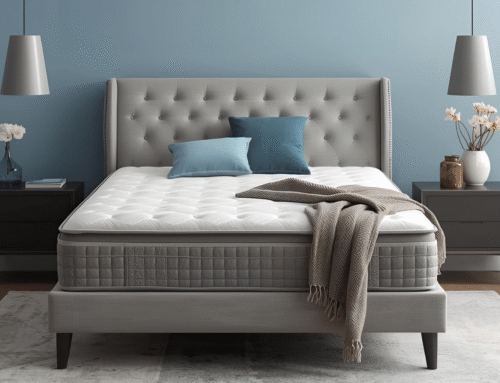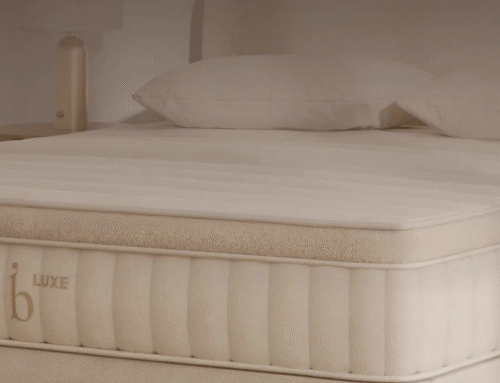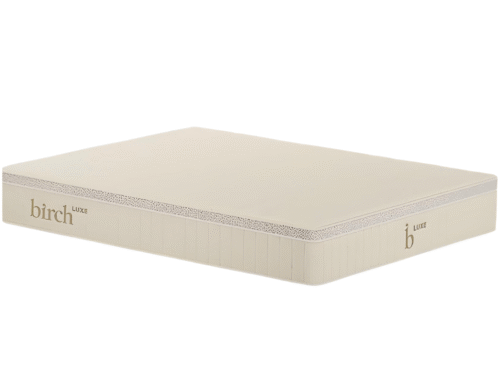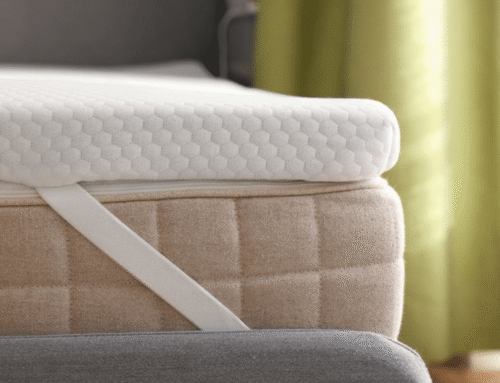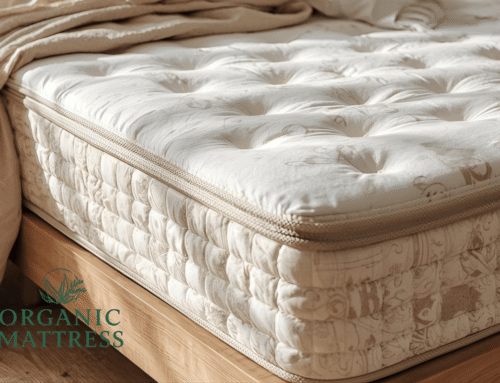Choosing the right mattress doesn’t have to be overwhelming. There are a lot of options, but once you understand your sleep style and firmness preferences, the decision becomes easier. Consider your sleep position, whether you’re a side, back, or stomach sleeper, and that will guide you toward the right choice.
Pay attention to the firmness level, since different people need different support. Some prefer a softer feel, while others need something firmer. It’s also important to consider durability, as the quality of the material will affect how long the mattress lasts. Don’t forget about motion transfer and temperature regulation, as these can help ensure you sleep soundly through the night.
Lastly, make sure you understand the return policies or warranties. Knowing the details will save you a headache if the mattress doesn’t feel right after a few nights. Take your time making this decision. Choose something that fits your lifestyle and needs. After all, your mattress is an investment in your sleep and health.
Key Takeaways
- Your sleep position matters most. Side sleepers need extra cushion, while back and stomach sleepers benefit from firmer support layers.
- Use the mattress firmness scale to guide your choice. Softer beds fall on the lower end, firmer ones on the higher, and medium-firm suits most sleep styles.
- Don’t skip the return policy. Knowing how long you can test the mattress and return it helps you avoid long-term regret.
- Budget smart by focusing on what’s inside. Skip the flashy brands and choose solid layers, quality support cores, and clear, transparent specs.
- When your mattress feels sore, sags, or disrupts your sleep, it’s time for a change. Most beds last 7 to 10 years.
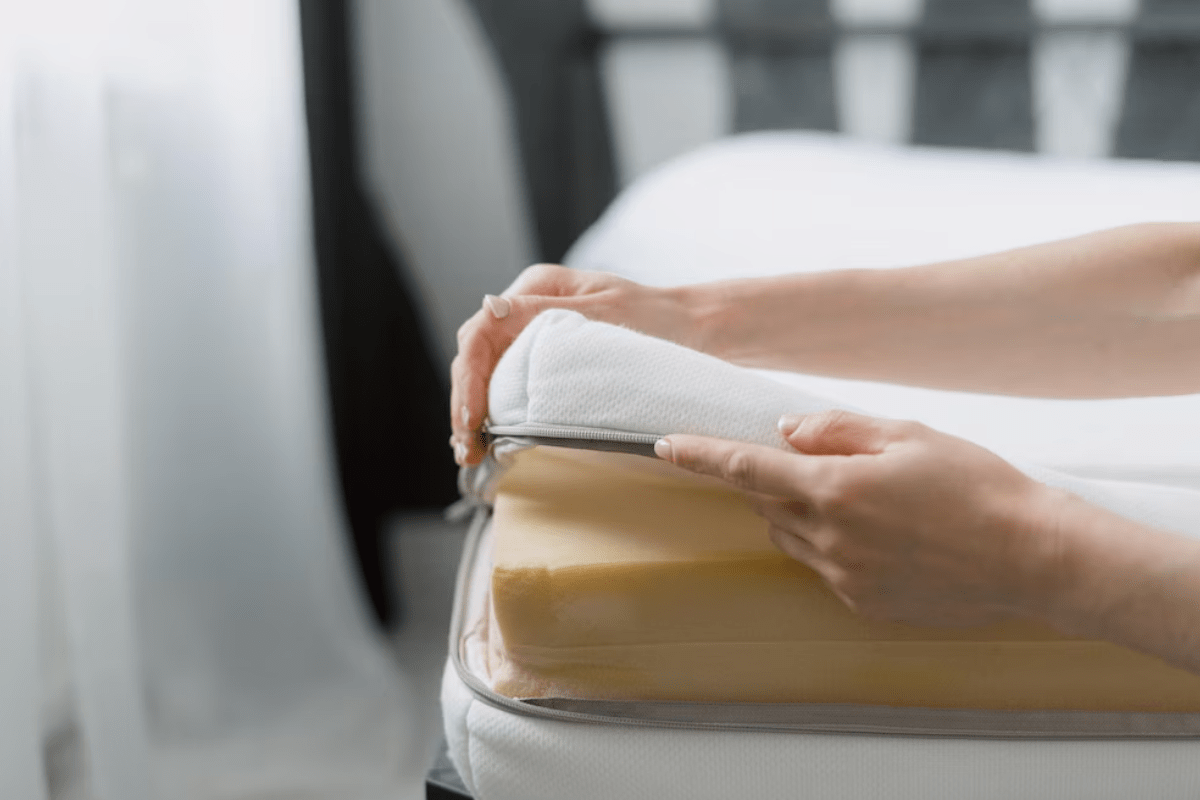
Understand Your Sleep Position And Mattress Choice
Your sleep position has a big impact on the type of mattress that suits you best. If you sleep on your side, you might prefer a softer mattress that helps relieve pressure on your hips and shoulders. On the other hand, back and stomach sleepers usually need a firmer mattress to keep the spine aligned and properly supported through the night.
For those who shift positions while sleeping, a medium-firm mattress tends to be a good balance between comfort and support. This type of mattress offers the right amount of cushion for side sleeping, while still providing enough firmness to support your back or stomach when needed.
Taking a moment to think about how you typically sleep can save you a lot of time and effort in mattress shopping. Knowing your preferred sleep position helps you avoid buying a mattress that doesn’t work for your body. Getting this part right can help for waking up feeling refreshed and pain-free.
Learn About Mattress Types
There are four mattress types to consider: memory foam, innerspring, latex, and hybrid. Each offers a unique feel and comes with its own benefits, so it’s all about what works for you. Memory foam is great for those who want a mattress that contours to their body and helps relieve pressure points.
Innerspring mattresses provide a more traditional feel with a bit of bounce and excellent edge support. If you like a mattress that gives you a springier sensation and supports movement, this might suit you. On the other hand, latex mattresses provide a more natural approach with a breathable design and solid support, so they’re a great option if you’re after something eco-friendly.
Hybrid mattresses combine foam and coils to give you the best of both worlds: comfort and support. These mattresses are great for those who need a balance between softness and firmness, as they offer a supportive structure with a touch of cushion. Understanding these options will help you decide which one suits your sleep needs best.
To understand the origins of the mattress and its structure, it’s helpful to explore who invented the mattress and what is bed anatomy. These elements provide a deeper appreciation for the design and evolution of mattresses over time.
Memory Foam vs. Spring Mattress
When you choose between memory foam and spring mattresses, you’ll find memory foam is great if you prefer a softer and more supportive feel. It molds to your body and provides excellent pressure relief, especially if you sleep on your side. However, it can get warmer, which might be uncomfortable if you tend to sleep hot.
Spring mattresses, on the other hand, offer a bouncier feel and are better if you like a firmer sleep surface. They provide more support and tend to sleep cooler, which is ideal if you often find yourself getting too warm at night. Additionally, they’re generally more affordable compared to memory foam options.
If you’re unsure, a hybrid mattress could be the perfect choice. It combines the contouring benefits of memory foam with the breathability and bounciness of springs. That way, you can enjoy comfort without sacrificing support or cooling.
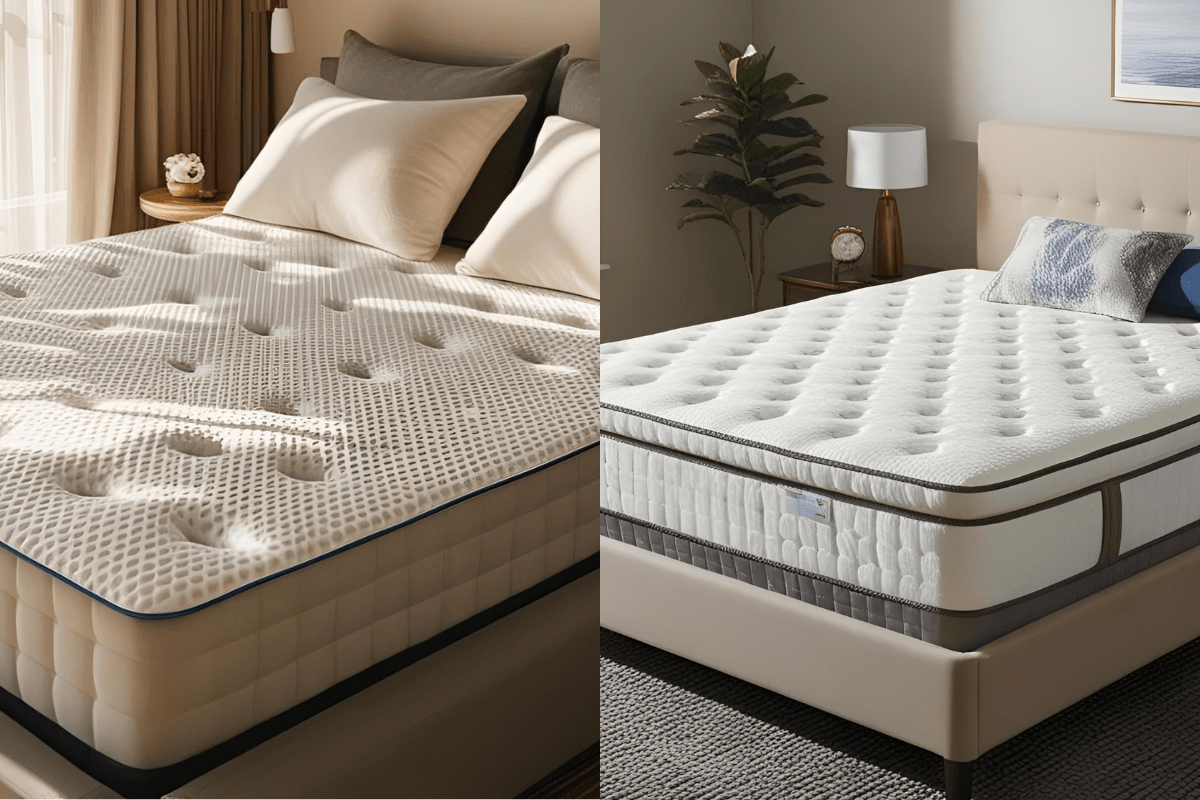
Use The Mattress Firmness Scale
Understanding mattress firmness is important to getting the right feel for your sleep. The scale runs from soft (1) to extra firm (10), with each level providing a different comfort experience. It’s not about the mattress’s quality but how it feels to you, based on your sleeping position and body type.
If you sleep on your side, you may prefer a softer mattress, especially if you’re lighter (under 130 lbs). A medium to medium-firm mattress is great for most people, providing that balance between support and comfort. For combo sleepers, this is usually the sweet spot. It offers enough flexibility to suit different positions.
For back and stomach sleepers, or if you have a heavier frame, a firmer mattress might work better for you. Firm mattresses (7-10) offer the support needed to keep your spine aligned and prevent sinking too much. Testing out a few options or checking ratings online can help you get a better sense of what’s best for your needs.
Know The Mattress Lifespan
You probably don’t notice how much your mattress matters until your body starts telling you something’s off. Most mattresses last about 7 to 10 years, though some hybrids or latex types hold up a bit longer. Still, even the higher-end ones eventually stop feeling as comfortable.
If you’re waking up with aches, hearing creaks, or feeling like you’re sleeping in a ditch, that’s your cue. You’ll feel the difference once you stop dealing with those restless nights, suddenly, you’re waking up more rested and getting through the day without dragging.
You don’t need to wait for full-on pain to make a change. Replacing your mattress regularly helps you stay ahead of the discomfort. You’ll feel the support every night and stop waking up feeling like your bed fought you in your sleep. It’s important to replace your mattress when you notice the signs of wear, and the best time to buy a new one often depends on sales events, like during holidays or seasonal promotions. Knowing your budget and how much to spend on a mattress will help you make a wise choice that suits your needs.
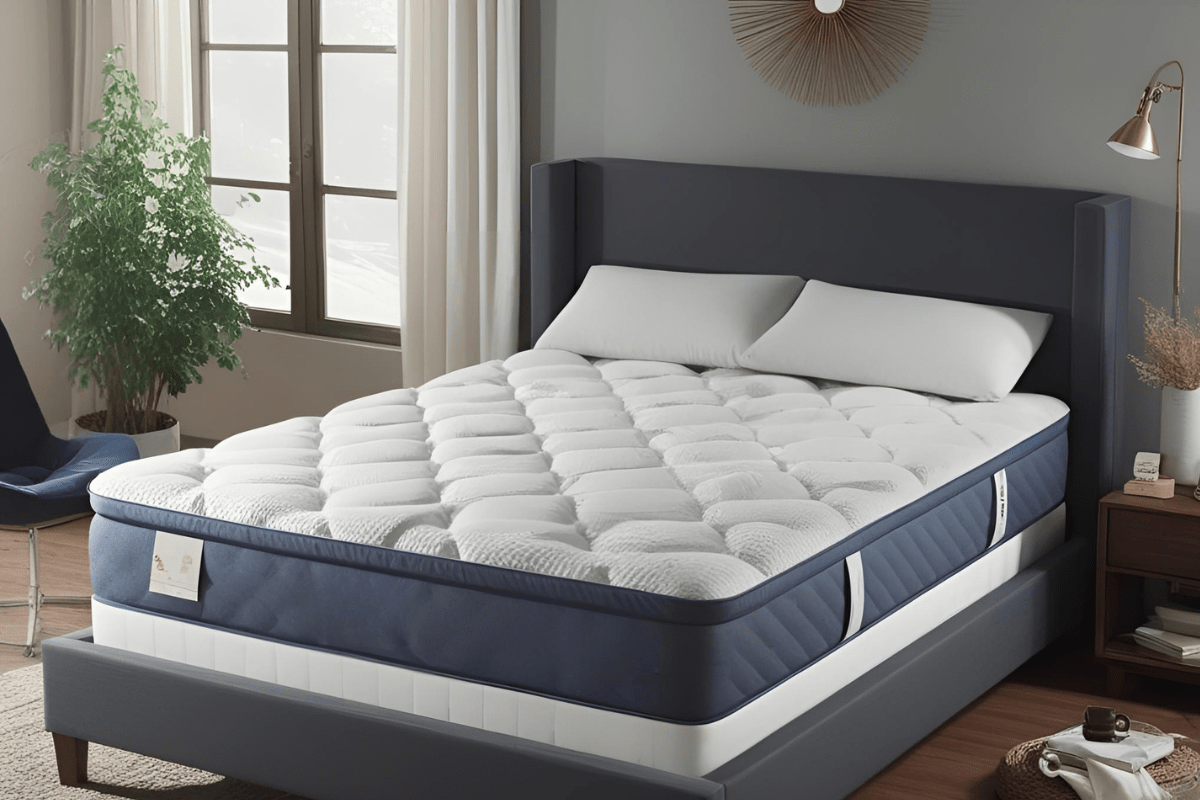
Mattress Size Guide
You probably think feel is everything, but size can really change how you sleep. A Twin is great if you’re tight on space or setting up a kid’s room, as it’s simple and does the job. Full gives solo sleepers a bit more room to spread out without crowding a small bedroom.
Queen is where most people land. You can sleep alone or with someone and still feel like you’re not on top of each other. You’ll notice a big difference if you’ve tried sleeping on a Full with someone. It fits into most bedrooms and doesn’t take over the whole space.
Go for a King or California King only if your room allows it. You and your partner won’t bump into each other, and you’ll both sleep better. Just don’t forget to measure, as trying to squeeze a giant bed into a tight room gets frustrating fast.
Factor In Mattress Budget
Mattress prices are all over the place, but spending more doesn’t always mean you’ll sleep better. You’ll usually find that $500 to $1,500 gets you solid comfort and decent durability without overpaying. It’s not about the label. It’s about what actually supports your body night after night.
Skip the big-name brands unless you know exactly what you’re paying for. Look for companies that show you what’s inside—how many layers, what kind of foam, how the coils work. It’s easier to trust a brand that lays everything out instead of just pushing hype.
Going super cheap might seem like great at first, but you’ll probably notice it breaking down faster. You might end up tossing and turning or waking up sore before the year’s over. It’s better to invest a little more upfront so you don’t have to shop again any time soon.
When shopping for a mattress, it’s important to consider the materials used, including whether it’s made in the USA. Understanding common mattress materials, such as memory foam, innerspring, and hybrid designs, can help you make a more informed decision about your purchase.
Consider The Best Mattress For Back Pain
Waking up with aches and stiffness usually means your mattress isn’t providing the support you need. A mattress with the right balance of support and softness can help reduce back pain. It’s not just about comfort. Your spine needs proper alignment throughout the night.
Medium-firm mattresses are great for back pain. Latex or memory foam offers pressure relief, while hybrids with coils provide extra support. The goal is to find a mattress that supports your spine, no matter how you sleep.
A simple way to check is by noticing how you feel when you wake up. If your back feels more relaxed and less sore, the mattress is likely a good fit. Everyone’s body reacts differently, so be sure to pay attention to how yours responds.
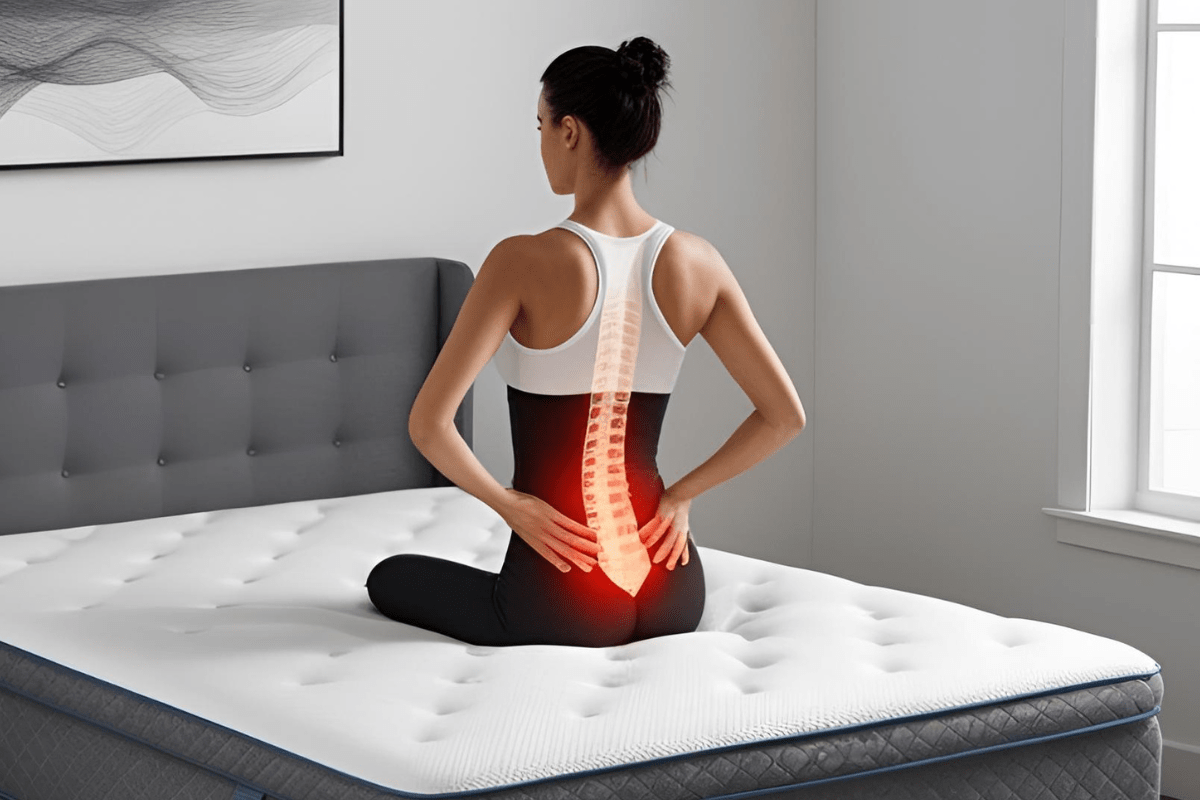
Check The Mattress Return Policy
Checking the return policy before buying a mattress is essential, especially when shopping online. Many companies offer a 90 to 120-night trial to allow you to sleep on the mattress at home and decide if it’s the right fit for you. It’s comforting to know that you have the option to return it if needed.
You’ll want to pay attention to any hidden fees, such as return shipping costs, which can sneak up on you. A straightforward return policy ensures there are no surprises down the road. It’s about feeling confident that you’re not stuck with something that doesn’t work for you.
Opting for a return over sticking with a mattress that causes discomfort can save you a lot of hassle in the long run. No one wants to live with back pain, especially when there’s a way out. Testing the mattress and making sure it suits your needs will always be worth the effort.
Final Thoughts
Choosing the right mattress is more about personal preference than following trends. We all have unique sleep habits, so it’s essential to consider how you sleep, whether you’re a side, back, or stomach sleeper. Understanding your preferences helps you choose the firmness level and material that will keep you comfortable.
Quality should be your top priority. Instead of focusing on brand names, consider the support your body needs for a restful night’s sleep. Memory foam, innerspring, or hybrid options provide different benefits, but it all depends on what feels right for you.
Take your time and use helpful tools. A mattress firmness scale and size guide can assist in narrowing down your options and give you confidence in your decision. Shop with your needs in mind rather than the latest trend, and you’ll find the mattress that helps you wake up feeling refreshed.

